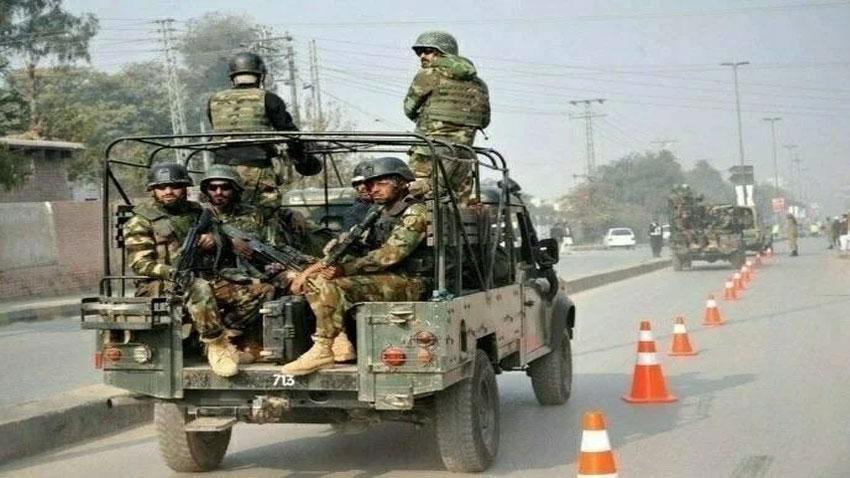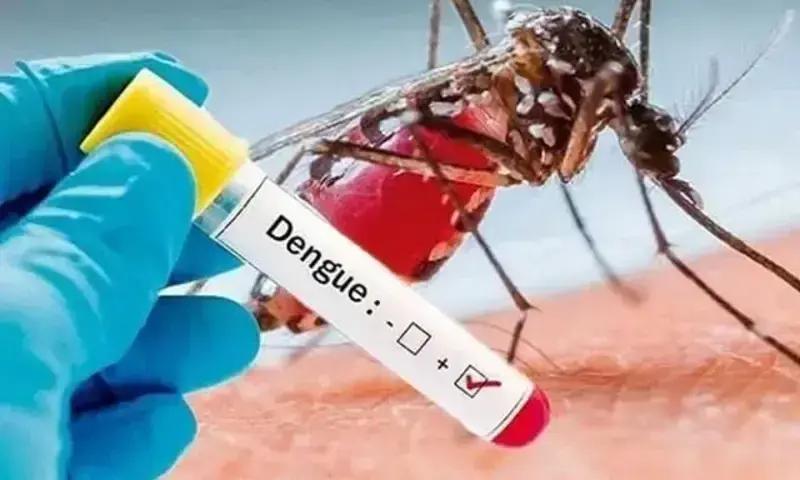Every Muslim wants to fast during the month of Ramadan, but the common question for diabetics who want to fast is, how to fast?

What should be the diet plan of such people for Iftar and Sehri? How much water should they take? What should be the time of medicine in Ramadan? What are the special things to keep in mind when going out for summer diabetics?
For answers to all these questions, GNN has gathered the opinions of eminent nutritionists.
According to Doctors, diabetics can fast depending on their HbA1c levels. Diabetics can fast if their HbA1c levels are between 6 and 7%. But if their HbA1c level is higher than 9, they are should not fast due to dehydration and diabetic ketoacidosis.
What if insulin levels rise during fasting?
If the insulin level of diabetic patients increases during fasting, they can take insulin. Diabetics will take the dose of insulin at Sehri and Iftari.
How much water to drink?
It is important for everyone, including diabetics, to drink 2 to 2.5 litres of water between Iftar and Sehri.
Diabetics will need to make changes to their diet to fast, for the ideal Sehri, diabetics need to follow a balanced diet.
The simpler, more balanced and healthier the diet, the stronger you will be able to maintain your health.
The most important food group for such patients is carbohydrates. Diabetics should consume carbohydrates based on whole grains such as wholemeal pieces of bread, parathas, wheat or barley porridge, and brown bread. Portions (depending on the nutritional needs of each person) can be taken at dawn.
The second group is protein, which must be used. The patient can take some eggs, kebabs, pulses, chicken, qeema beans, anything like this with bread and paratha.
The third and most important food group is dairy products. Diabetics can have a cup of tea in the Sehri.
Iftar Diet Plan
At Iftar, diabetics can break their fast with one or two dates along fresh fruit juice (one to two glasses) containing half the amount of water or a drink or a fruit shake with yoghurt or lassi or milk.
Besides, such patients can eat grams, beans, fruit chart without sugar or yoghurt in Iftar.
Diabetics need to eat a light and balanced diet after breaking the fast. For example, salads, lentils, vegetables, chicken and milled flour can be consumed. Patients who wish to eat at Iftar can eat dinner after breaking the fast with dates and drinks.
If the sugar rises or falls
Diabetics need to monitor their blood sugar in the first week of Ramadan, especially before dawn and after iftar.
If diabetics start to feel dizzy or drowsy or have a headache during fasting, it is important to check their blood sugar immediately with a glucometer. If blood sugar levels fall, it is important to break the fast immediately and for which the patient can be given refined sugar such as toffee, syrup, glucose syrup or sugar. Then after half an hour give complex carbohydrate foods such as bread slices, apples, wheat biscuits so that blood sugar returns to normal.

PDMA issues alert about rains, snowfall over hills in KP
- 2 days ago
Death anniversary of Hafeez Jalandhari being observed today
- a day ago
Only state can declare jihad in Islamic country, says COAS Syed Asim Munir
- a day ago

What does Trump’s AI czar want?
- 8 hours ago
Commissioning ceremony of 2nd Pak Navy Ship KHAIBAR held in Turkiye
- a day ago
May 9: Yasmin Rashid, Mahmoodur Rashid, others sentenced to 10 years’ imprisonment each in two more cases
- 2 days ago
Bangladesh holds state funeral for slain youth leader amid tight security
- 2 days ago
Green Shirts give India humiliating defeat in U-19 Asia Cup final
- a day ago

Nine terrorists neutralised in two KP IBOs: ISPR
- 17 hours ago
Third ‘Avatar’ film lights up global box offices
- 17 hours ago
Thai border clashes displace over half a million in Cambodia
- a day ago

Larry Ellison’s big dumb gift to his large adult son
- 10 hours ago







